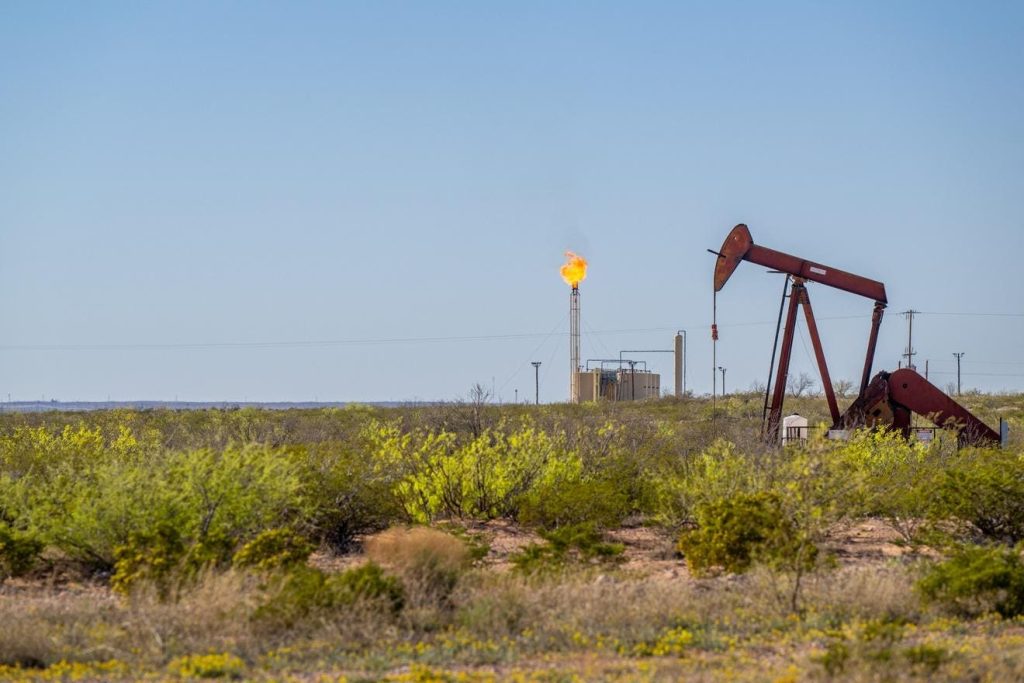The Energy Information Administration (EIA) has reported that U.S. oil production reached a record high in 2023, with an average daily production of 12.93 million barrels per day (BPD). This was a 5% increase from the previous record set in 2019. Additionally, current data from the EIA shows that oil production in 2024 has continued to increase, with an average daily production of 13.12 million BPD – a 7.1% increase from the previous year.
Similarly, U.S. natural gas production also reached a record high in 2023, with production totaling 125 billion cubic feet per day (CFD). This was a 4% increase from the previous record set in 2022. Although natural gas data is not reported as frequently as petroleum data, January’s production level was slightly behind last year’s record, but still 1.1% higher than January 2023. There are seasonal effects in natural gas production, so this slight variance is not unexpected.
The price of West Texas Intermediate (WTI) crude oil is currently around $85 per barrel, which is about 7% higher than a year ago. This increase in price is expected to support continued elevated levels of U.S. oil production. Despite a decline in the number of rigs drilling for oil and gas in the U.S. (down nearly 20% from a year ago), the rig count has been relatively stable from the previous quarter (down 1%). The decline in rig count is more pronounced for natural gas drilling (down 35%) than for oil drilling (down 14%).
In conclusion, the U.S. oil and natural gas production have shown a consistent upward trend, with production levels surpassing those of the previous year. The elevated crude oil prices are likely to support further growth in production levels, despite a slight decline in the number of rigs drilling for oil and gas. This continued growth in production is a positive sign for the U.S. energy industry and may have implications for global energy markets as well.


